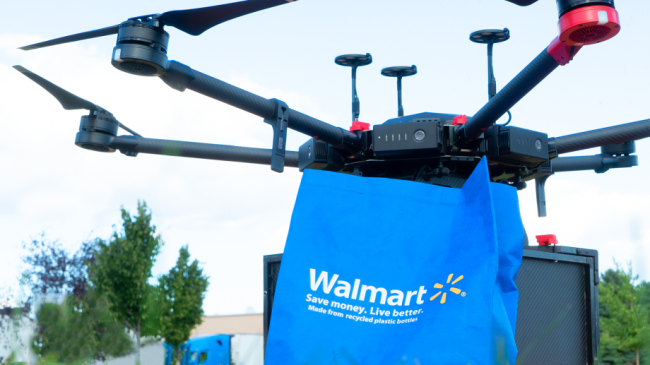The company is looking to complete a second round of funding in order to complete the construction of its product.
OmniPad has announced walker which bears the same name as the startup and is based on a flat surface that is capable of turning on itself infinitely thanks to the bearings it includes on the edges of its inner surface. The device allows not only walking, but also running, since its operation is very similar to that of a treadmill, only here we can do it in any direction.
In the following video we can see what exactly the idea is:
https://www.youtube.com/watch?v=eMB9lRsW1yU
“Being a professional 3D animator for over 25 years, and having worked on very high-level VR projects, the challenge of how to make 360-degree locomotion possible on a stationary surface is a question that has been in my head since the late 90’s. For months and years I contemplated this obstacle to the freedom of locomotion of RV. Then one night later, I was lying in bed working with the question about the omnidirectional locomotion surface, and I realized it was a water balloon, ” says Neil Epstein, CEO of OmniPad. “I noticed that when you take a small water balloon, you press it firmly between the palms of your hands so that the top and bottom surfaces are completely flat, and then you move your hands in opposite circular directions, the crushed water balloon rotates freely in all directions while remaining completely flat on both sides. Thus was born the central mechanics of OmniPad.”
As we see in the previous concept video, the OmniPad platform has inside a base with bearings on which the surface that revolves around is placed. OmniPad, which holds two patents, claims its design is unique in the industry.
They are currently seeking a second round of funding through Wefunder, which they need to ” finalize product development “and”start working with Facebook/Oculus to market OmniPad worldwide”. Among the reasons given for investing, they point out that they have carried out a positive analysis of the finite element method, and that offer engineering graduate of Stanford University, also began the development of prototypes (including moulds and specialized tools).
They plan three versions of the walker focused on military training (around $ 20,000), business applications (between $ 5,000 and $ 10,000) and consumers (between $ 750 and $ 1,200).









